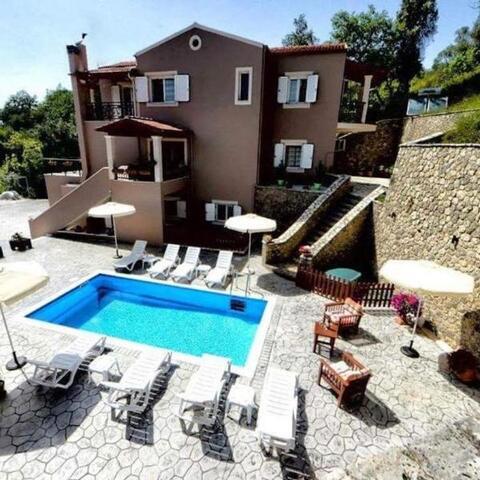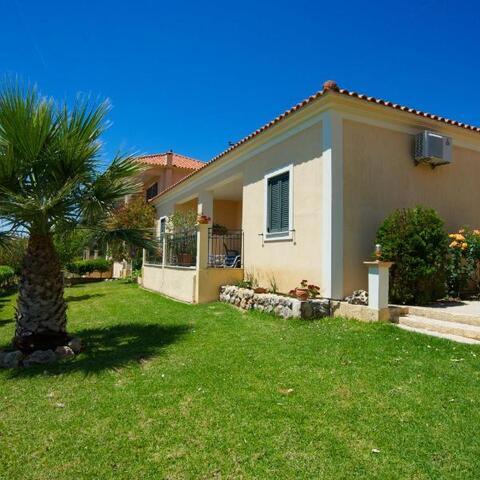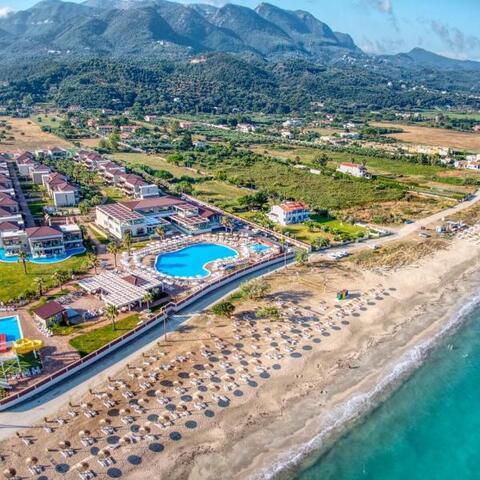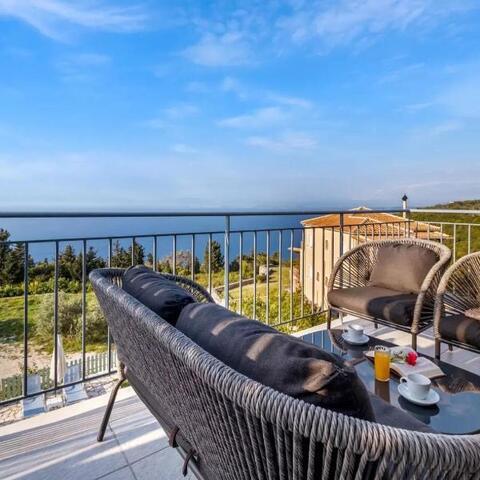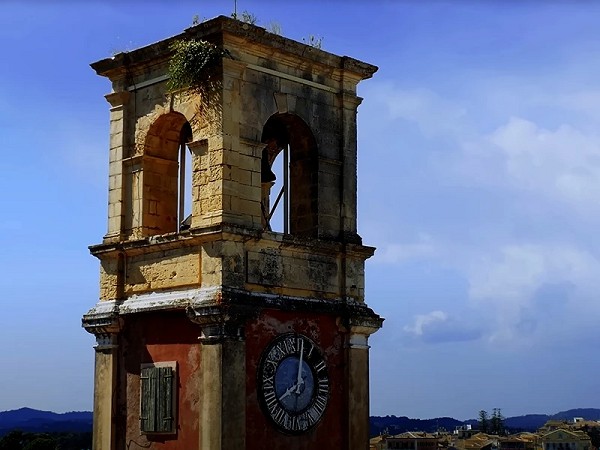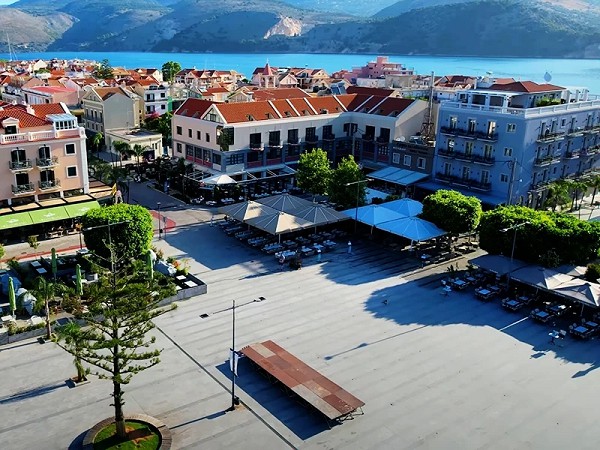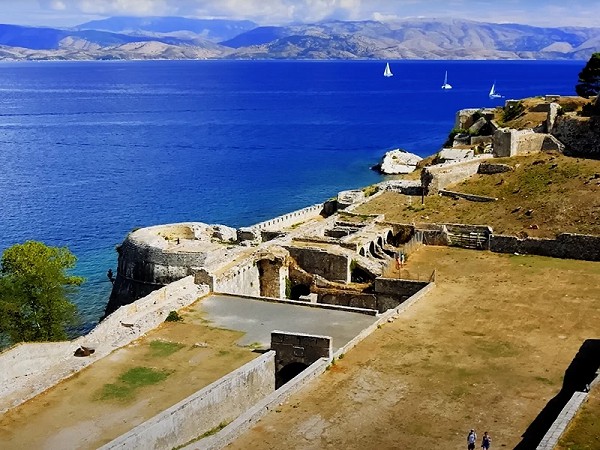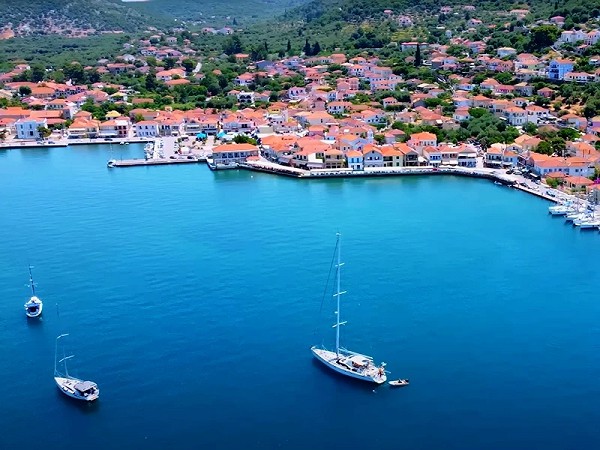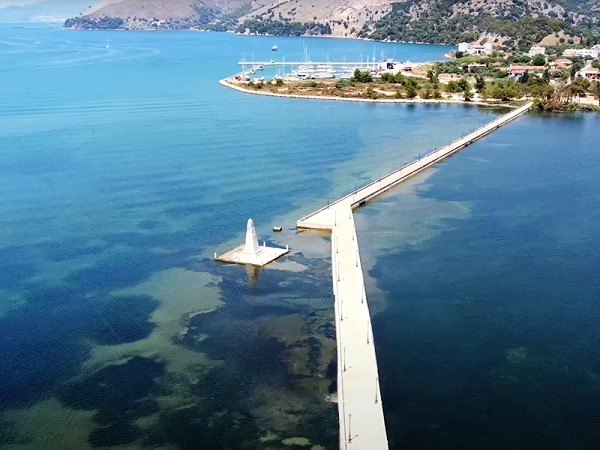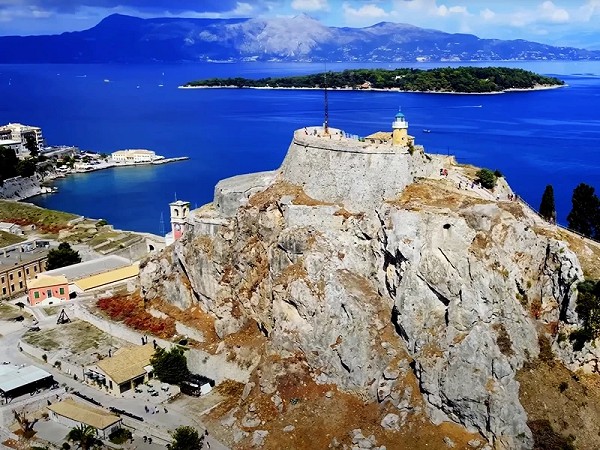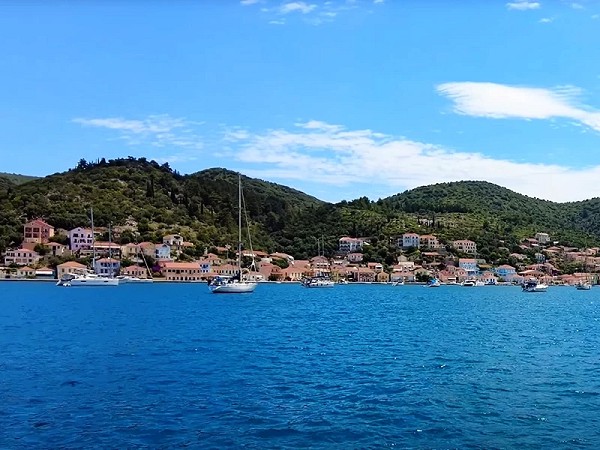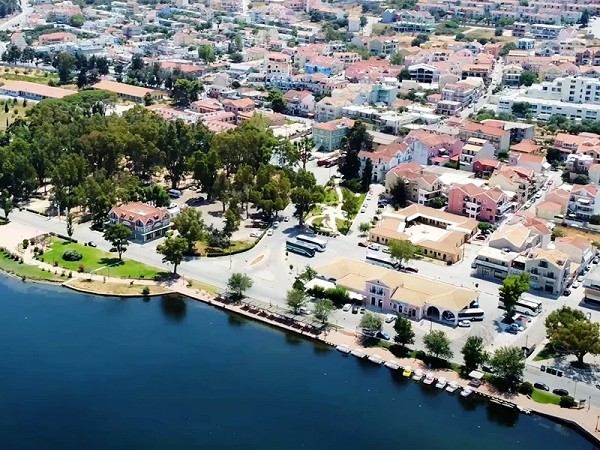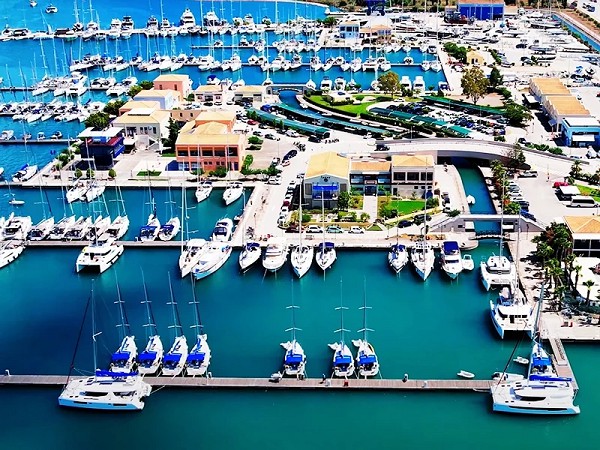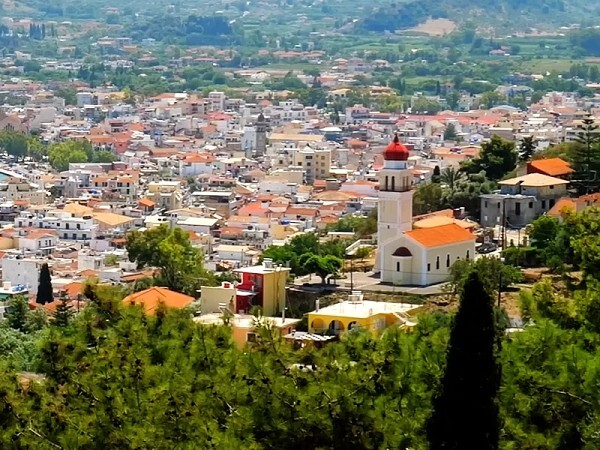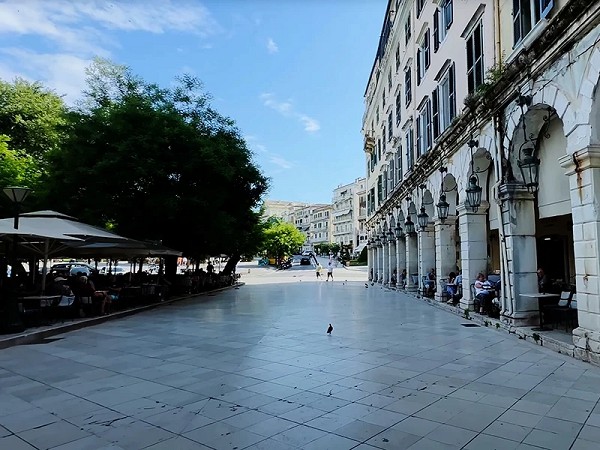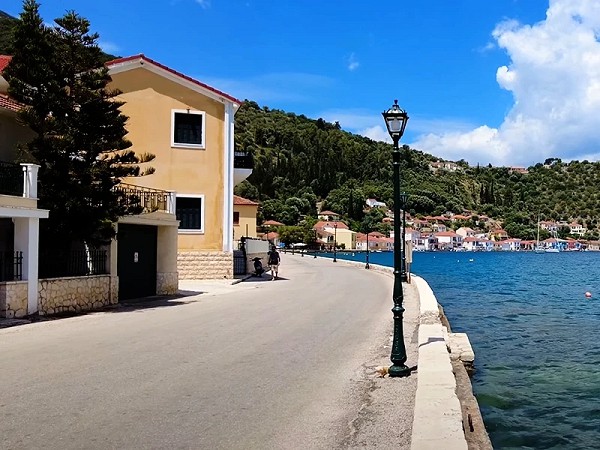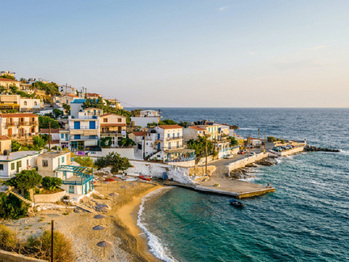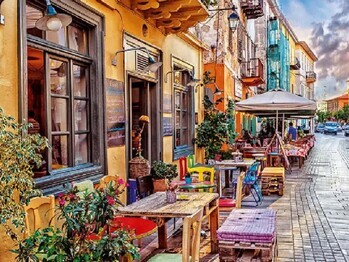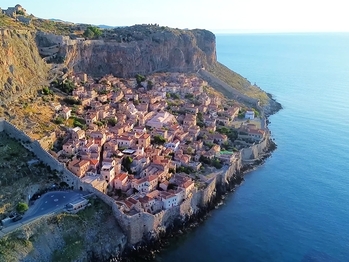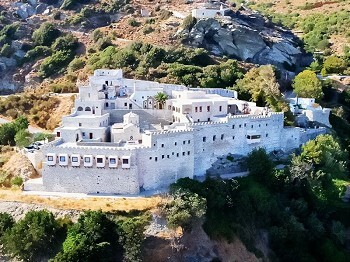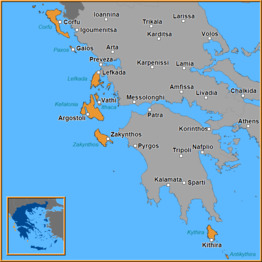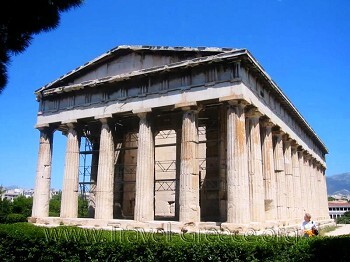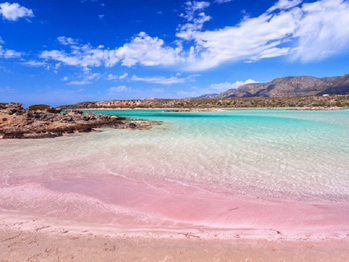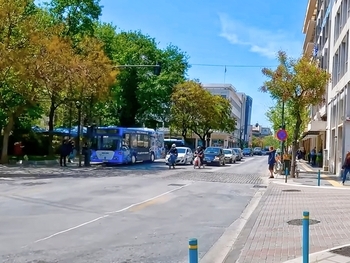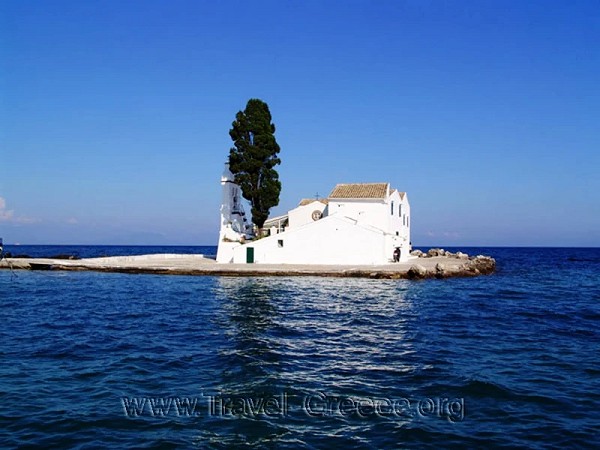
In the embrace of Greece lies the mesmerizing region known as 'Επτάνησα' — The Ionian islands. Nestled away from the bustling rhythm of Athens, this paradise rests at a distance of around 400 kilometers from the capital's heart. As you journey through this divine Greek haven, you'll encounter a tapestry of experiences that weave together history, culture, and natural beauty unlike any other.
We suggest for your stay:
Still Looking for the Perfect Stay?
Unveiling the Charms of the Ionian
The Ionian whispers tales of its biggest cities, towns, and villages, each painting a unique picture of Greek allure. Corfu Town, with its Venetian architecture, stands as a testament to its rich past. Zákynthos lures travelers with its pristine beaches, while Kefalonia enchants with its dramatic landscapes. Lefkada boasts dazzling azure waters, and Paxos beckons with its tranquil atmosphere — each a world waiting to be explored.
Enthralling Activities and Landmarks
Prepare to be enraptured by a myriad of activities and sights in the Ionian. Lose yourself in the mythical allure of Navagio Beach in Zákynthos, where a shipwreck rests on a white sandy shore embraced by turquoise waters. Traverse the mesmerizing Blue Caves or revel in the vibrant nightlife of Corfu. Take a stroll through the old town of Lefkada or sail away to Antipaxos for an escape into untouched beauty.
A Symphony of Exploration and Adventure
Beyond its captivating landmarks, the Ionian beckons adventurers with a plethora of activities. Dive into the depths of its crystalline waters for a scuba diving extravaganza, or embrace the wind while windsurfing along its coasts. Trek through the lush forests of Kefalonia or indulge in the gastronomic wonders of Corfu's cuisine. The Ionian paints a canvas for every traveler's dream.
Travel Tips and Recommendations
For those entranced by the allure of the Ionian, planning your journey becomes an essential adventure. Embrace the local culture by savoring the traditional dishes like pastitsada or moussaka. Navigate the islands via ferry services or car rentals, ensuring a seamless exploration of these Greek treasures. Plan your visit during the shoulder seasons of spring or autumn to bask in ideal weather while avoiding the bustling crowds.
Embrace the Ionian Essence
Prepare to be spellbound by the Ionian's iridescent charm, where ancient tales intertwine with modern wonders. From its historic cities to its breathtaking landscapes and exhilarating activities, this Greek sanctuary promises an unforgettable journey. Discover the Ionian, where each moment unfolds a new chapter in the captivating narrative of Greece's allure.
Let your journey to the Ionian be a symphony of discovery and wonder, as you delve into a realm that beckons with the promises of history, adventure, and timeless beauty.
